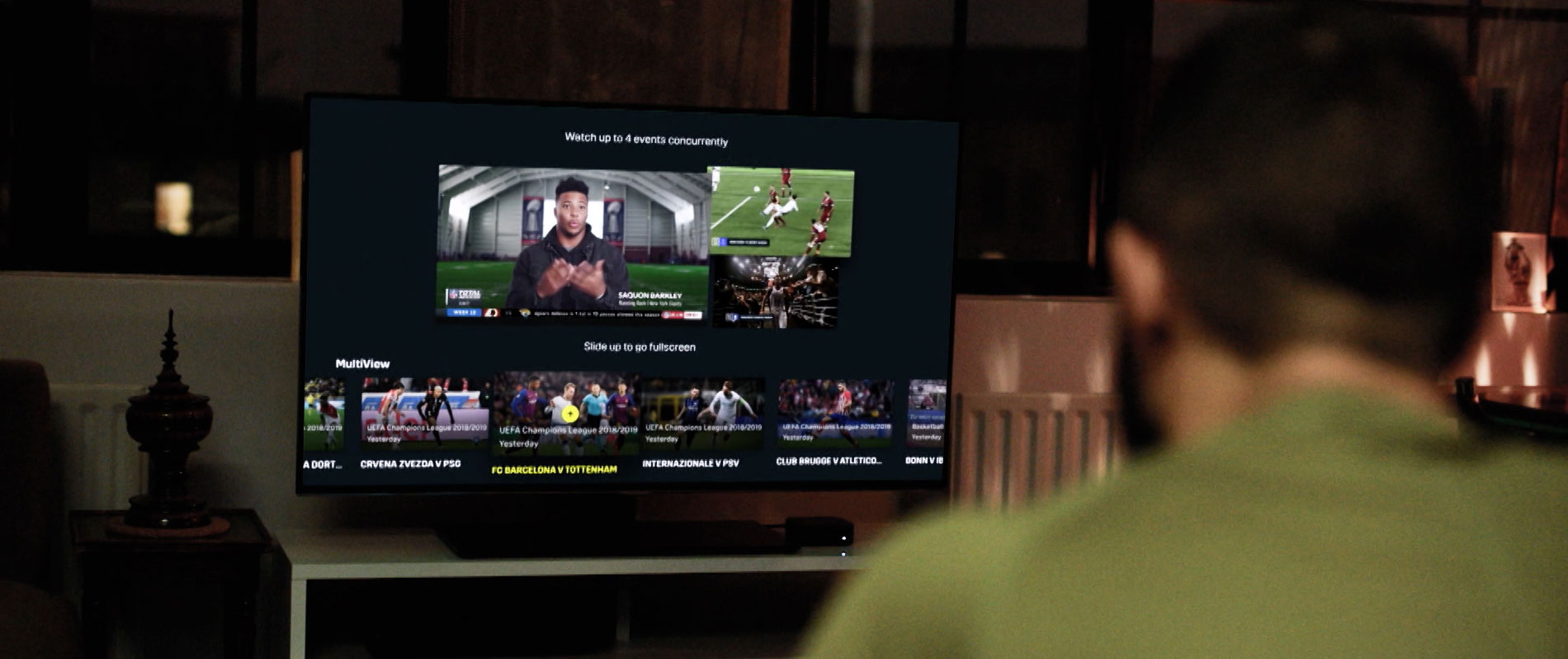Exclusive : After announcing a partnership with electric off-road racing series, Extreme E, last week, biometric media testing platform, MindProber’s chief revenue officer, Joe Timson, spoke to Ministry of Sport on how emotional engagement technology can help sporting organisations better understand their fans.
Timson said MindProber’s technology, which includes hand-held sensors that gather skin response signals to measure emotional engagement, has been used in some capacity since the 1930s.
“Our core technology has actually been around for a long time,” Timson told Ministry of Sport.
“Galvanic Skin Response (GSR) is a physiological signal that’s been used in lie detector tests since the 1930s and extensively in lab-based media research since then.
“All that history is great as it really serves to validate the utility of our metrics for measuring people’s emotional engagement.
“What’s different about MindProber is the other technologies that we’ve brought together with the GSR to allow us to gather these metrics from audiences in their own homes, watching live broadcasts in a completely natural environment as opposed to pre-recorded content in a lab,” he said.
Discussing how the technology can help sporting organisations better understand their fans and how fans engage with their sport and brand content, Timson said the insights can be applied to all areas of a wider media and broadcast strategy.
“Essentially, we’re measuring emotion, the extent to which people are emotionally involved with what they’re watching,” Timson said.
“The sports industry trades on that emotion.
“Media rights deals and sponsorship deals all hinge on the understanding that sports deliver an engaged and attentive audience for brands reach and, in a world where mass reach is getting harder and harder to come by thanks to competition for attention from all sorts of places, it’s more important than ever for rights holders to be able to objectively prove that value to their partners.
“Our value proposition for sports still revolves around what we believe will be the main driving force of the industry for years to come, the main coverage of the sport itself.
“Whether that experience is delivered via broadcast TV, OTT platforms or anywhere else, we help rights holders understand the nuances of how fans engage with their main product and allow them to optimise that broadcast or even the sport itself for engagement.
“Then, whether it’s knowing which camera angles work best for highlights or even predicting in real-time when social media is going to light up around key moments so that clubs and brand partners can join those conversations, those insights and metrics can be applied to all areas of the wider media strategy,” he said.
When asked if sporting organisations and brands are investing enough time or money into effectively understanding fan engagement, Timson said: “As I say, we’re living through an extraordinary shift in media consumptions habits and the competition for attention has never been greater.”
“At the same time there’s a movement underway across the media industry that places increased scrutiny around the quality of impressions.
“Rights and sponsorship valuations have been rising steadily for as long as anyone can remember and for now, they still are, as evidenced recently by the NFL’s new domestic rights deal and Manchester United’s new shirt sponsor.
“So the opportunity for those that invest in proving the quality of the reach and their ability to deliver an engaged and attentive audience is huge.
“For those that don’t, the party of ever-increasing rights valuations might be over.
“I think there’s a huge amount of buzz in the industry around fan engagement but it normally goes hand in hand with other macro trends like digital transformation, CRM particularly, and tends to be about the fans that you know, season ticket holders, social media followers etc.
“That’s all obviously super important but focusing on the top few tiers of your fan base and forgetting about the long tail is unlikely to deliver consistent incremental growth.
“By understanding how to optimise your main shop window, i.e. the main coverage, for engagement, you can build a powerful engine of growth over the long term,” Timson told Ministry of Sport.

